Phoenix Desert Botanical Garden
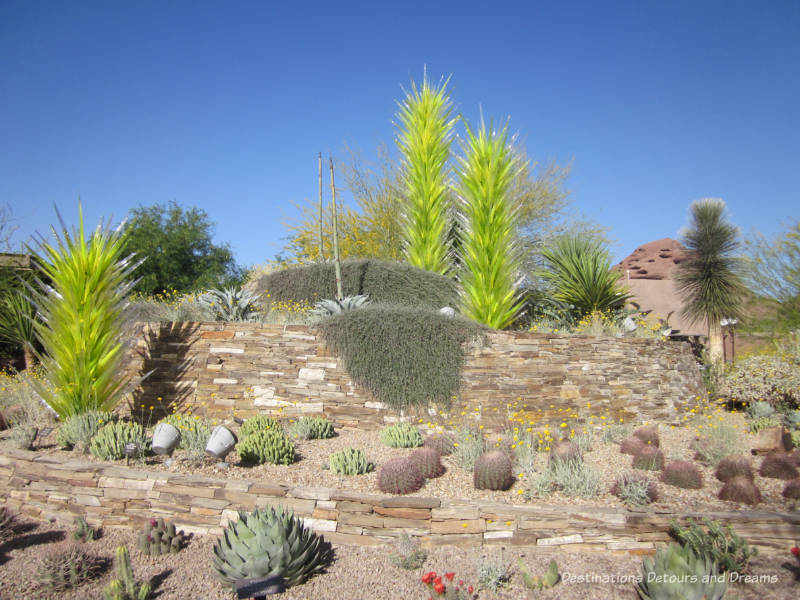
The Desert Botanical Garden in Phoenix, Arizona “helps you to enjoy the beauty of the desert and care about it”
Lists of best things to do in Phoenix, Arizona consistently put the Desert Botanical Garden at the top of the list or within the top five. The Garden is dedicated to the display, study and understanding of desert plants and their environment with an emphasis on the Southwestern United States.
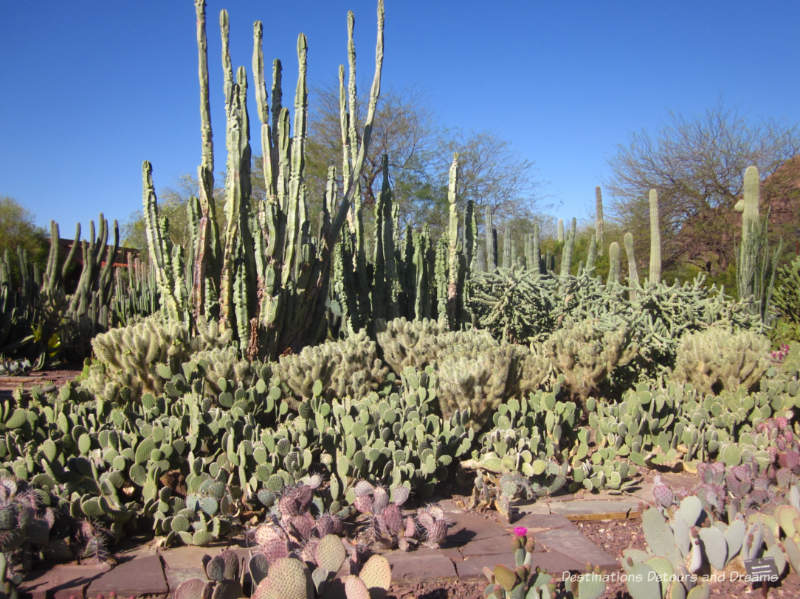
The Garden sits on 140 acres in Papago Park. Over 55 acres are under cultivation and contain over 50,000 plants representing more than 4,000 species, 370 of which are rare and endangered. The Garden is one of only 24 botanical gardens accredited by the American Alliance of Museums.
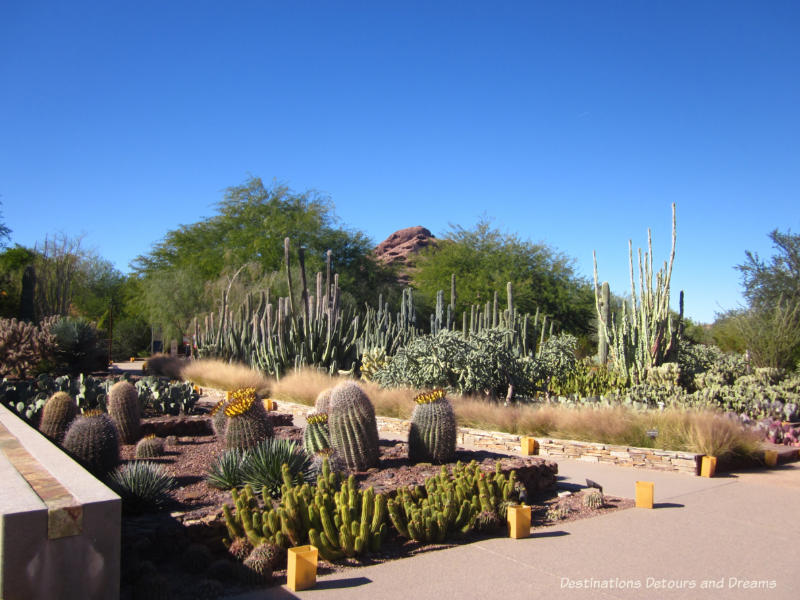
The Garden has six major trails running through it. Each trail is a loop ranging from 1/10 mile to 1/3 mile in length. Paths are easy to walk.
The Desert Discovery Loop Trail is the main trail through the garden with most of the other trails running off it. The Center for Desert Living Trail demonstrates ideas and strategies for ways to work with nature in a desert environment and takes you through a herb garden and an edible garden.
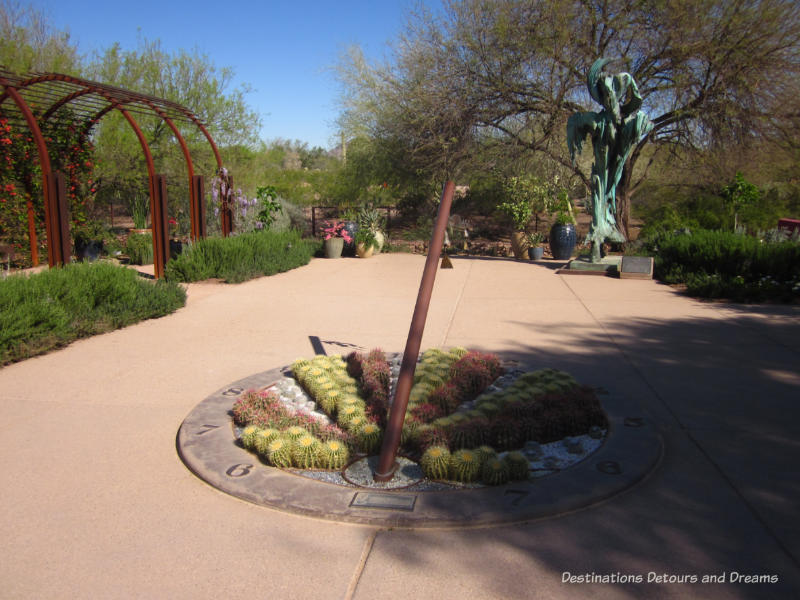
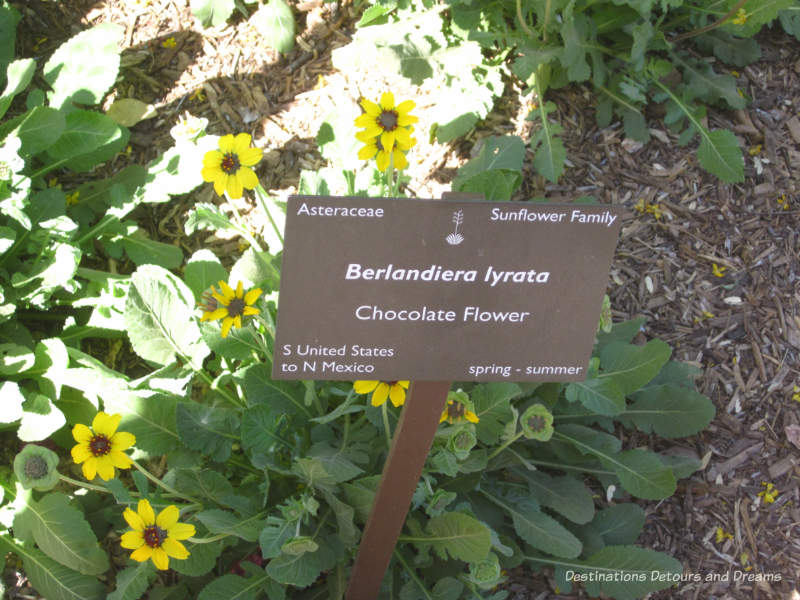
On one of my visits to the Desert Botanical Garden (this time at the end of March), I detected a slight aroma of chocolate in the air before I noticed the flower labelled as Chocolate Flower. The scent had not caught my attention in previous visits, most likely because the plant was not in bloom at the time. The flowers smell like chocolate with the scent being most noticeable early to mid-morning.
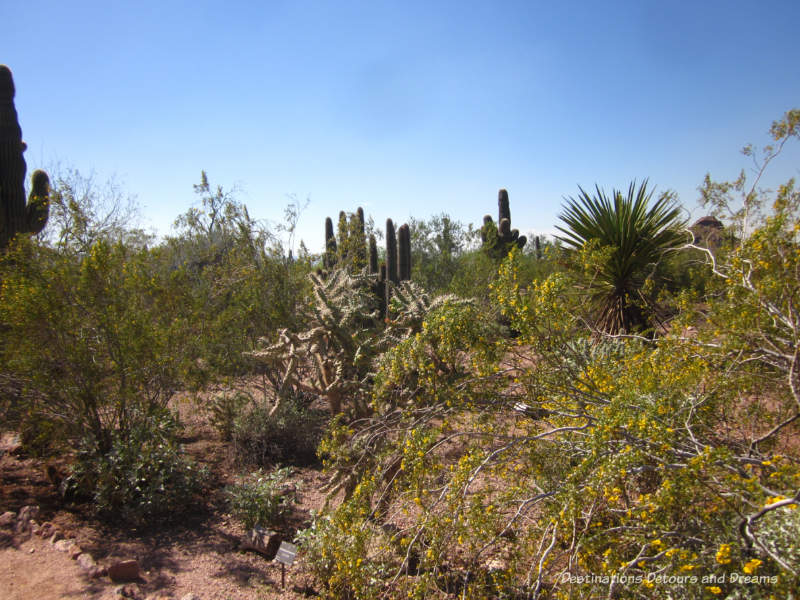
The Sonoran Desert Nature Loop Trail is lined with the cacti and desert plants of the Sonoran Desert. This trail also offers great views of the Papago Buttes, Piestewa Peak and Camelback Mountain in the background.
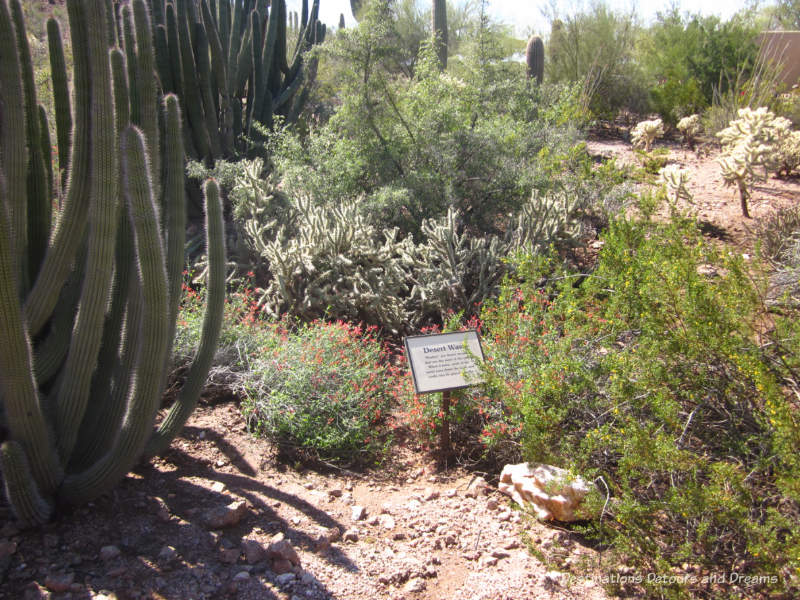
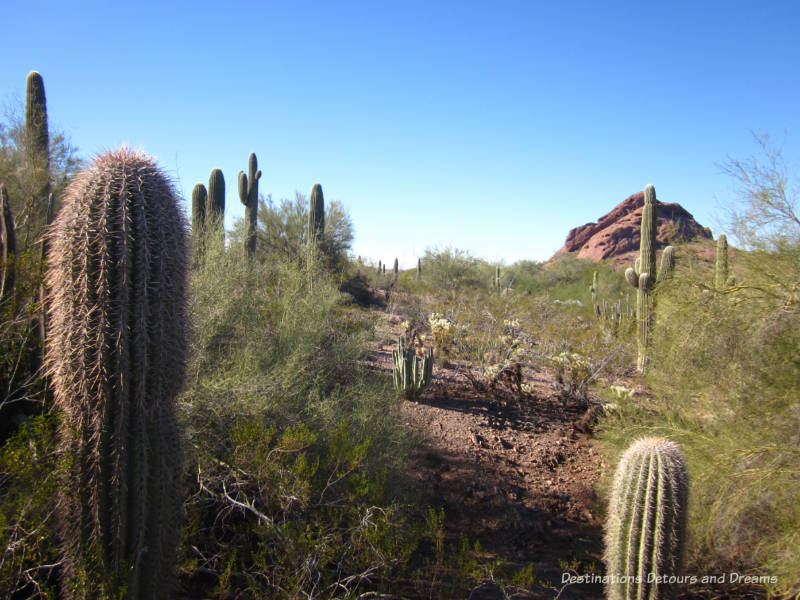
If you are unfamiliar with the plants of the Sonoran desert, you may be surprised at the variety of shrubs and the many different kinds of cacti. The saguaro cactus, that iconic symbol of the American West with arms pointing upward, features prominently.
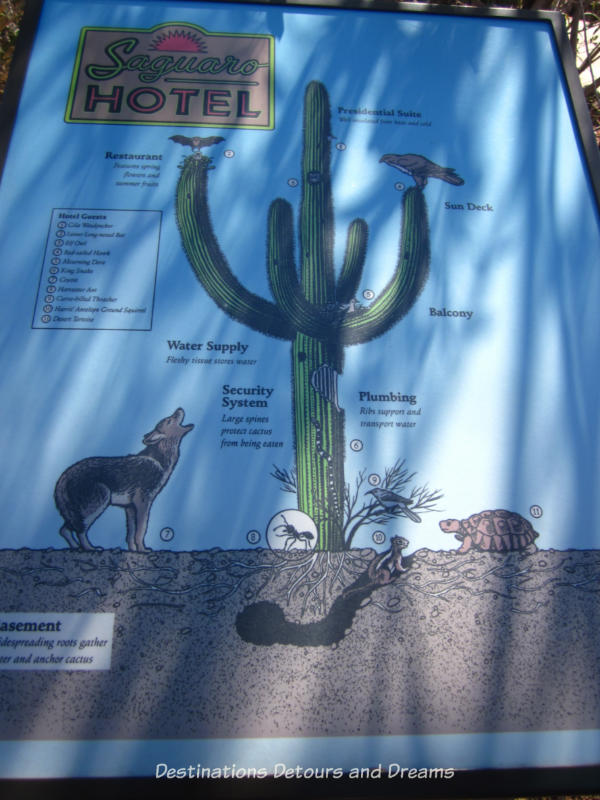
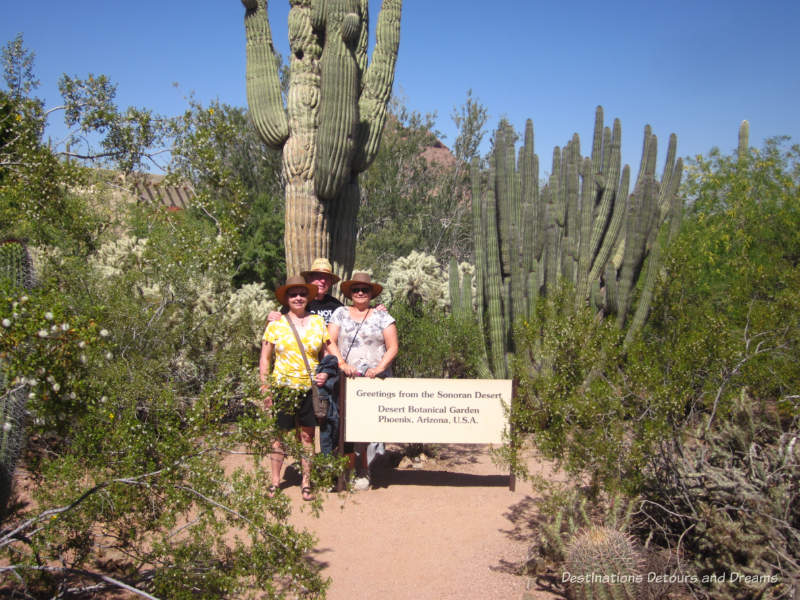
The Plants & People of the Sonoran Desert Loop Trail shows how the desert plants have been used by native people for food, medicine and building materials.
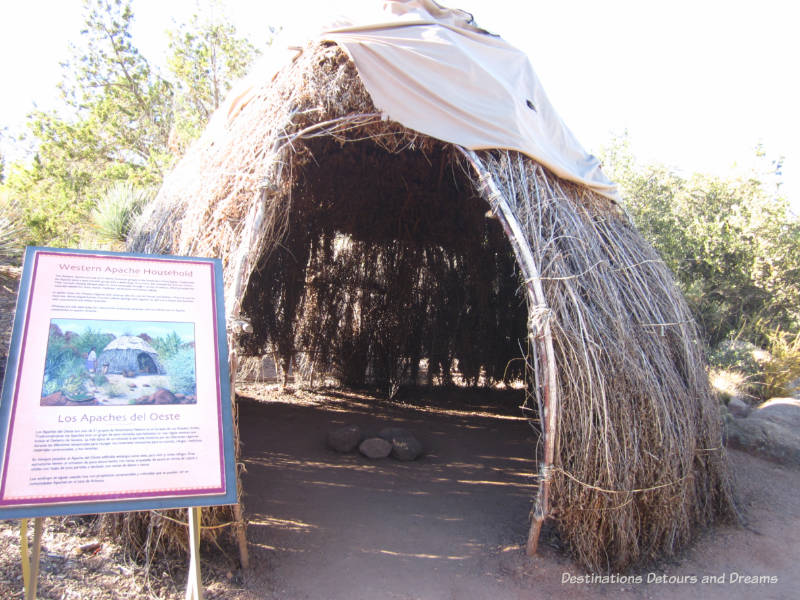
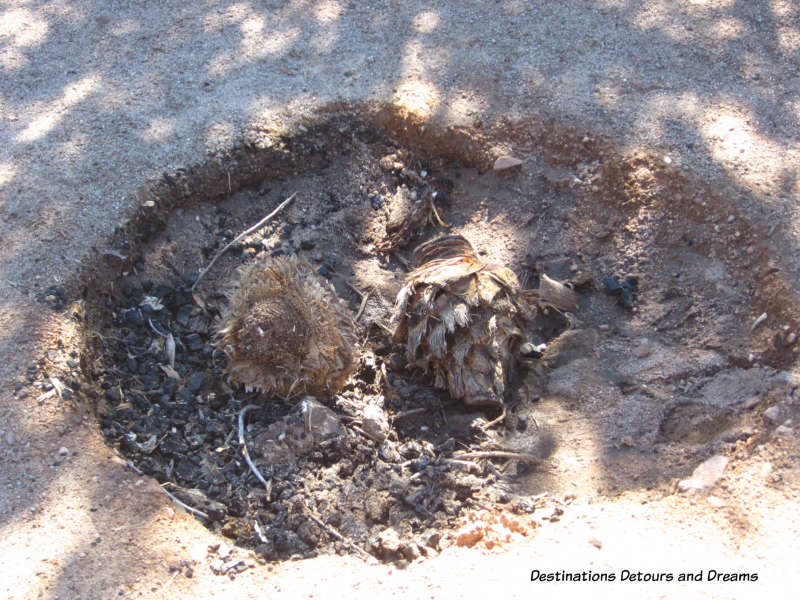
Agave was an important food source for Native Americans in the Southwest. It was often roasted in pits and took one to four days to cook.
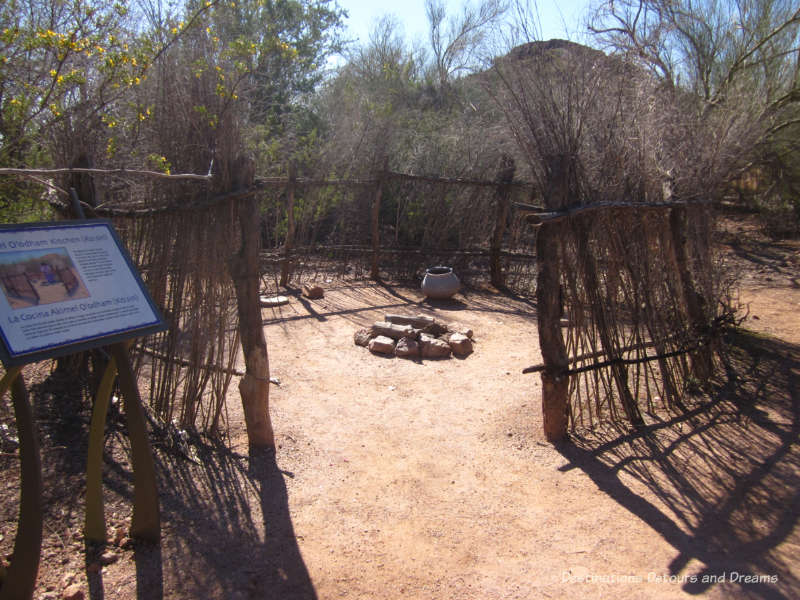
Akimel O’odham households usually had more than one structure, each with a special function. The kitchen had no roof allowing heat from cooking to dissipate quickly. Mesquite was the primary fuel source, although ironwood, palo verde and cottonwood might be used too.
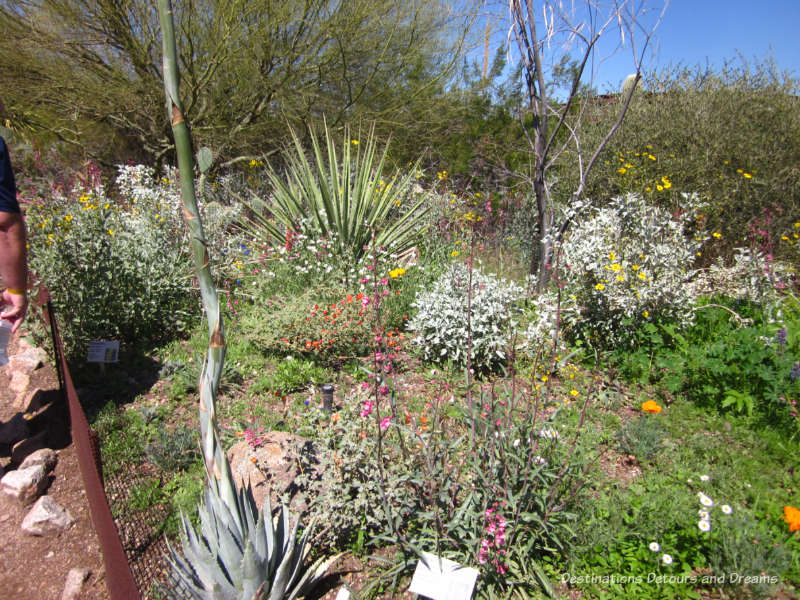
What you see in the garden changes with the seasons. The Harriet K. Maxwell Desert Wildflower Loop Trail is a particular delight to visit in spring (March through May) when many of the flowers are in bloom. For more information on spring blooms in the Phoenix, Arizona area, see my post Spring Blooms Around Phoenix, Arizona.
Here you’ll also find a bee garden, a shade garden and a hummingbird garden. Arizona is the hummingbird capital of the United States with 15 recorded species, some of which stay year-round, some just for spring or summer, and others stopping to feed during their migration. The Butterfly Pavilion, which is home to special butterfly exhibits in spring and fall, is located along the Desert Wildflower Trail.
There is a restaurant, café, shop and library on site. The Garden holds a number of special events throughout the year, including many Sunday concerts. Two annual events of note are the Chiles & Chocolate Festival and Las Noches de las Luminarias. The Chiles & Chocolate Festival is held in November and features top chile and chocolate vendors as well as a variety of live musical performances. The garden is open evenings in December for the Las Noches de las Luminarias. Paths are lit with more than 8,000 Luminarias bags (Mexican lanterns). Entertainers perform at terraces. Carollers wander through the gardens.
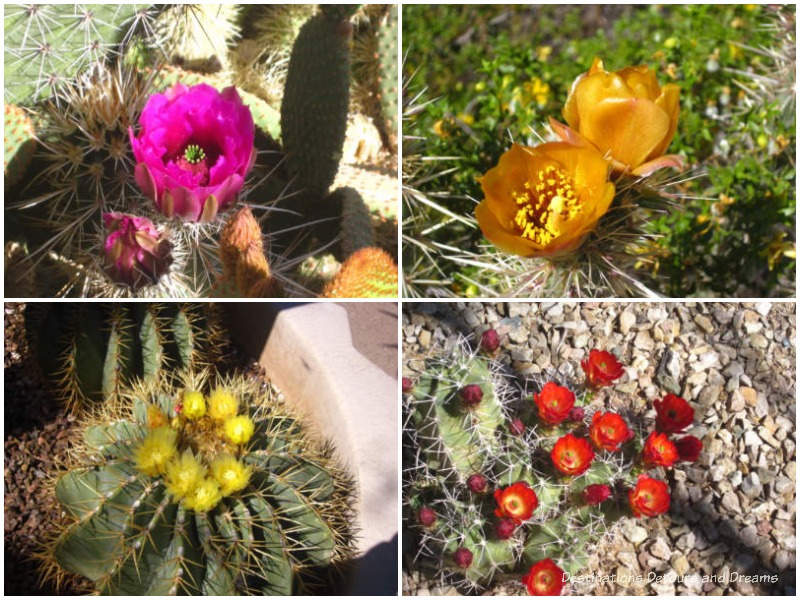
The Desert Botanical Garden says it is here “to help you enjoy the beauty of the desert and care about it.” I think it does a good job of that. It is easy to understand why it tops the lists of best things to do in Phoenix.
Never miss a story. Sign up for Destinations Detours and Dreams free monthly e-newsletter and receive behind-the-scenes information and sneak peaks ahead.
PIN IT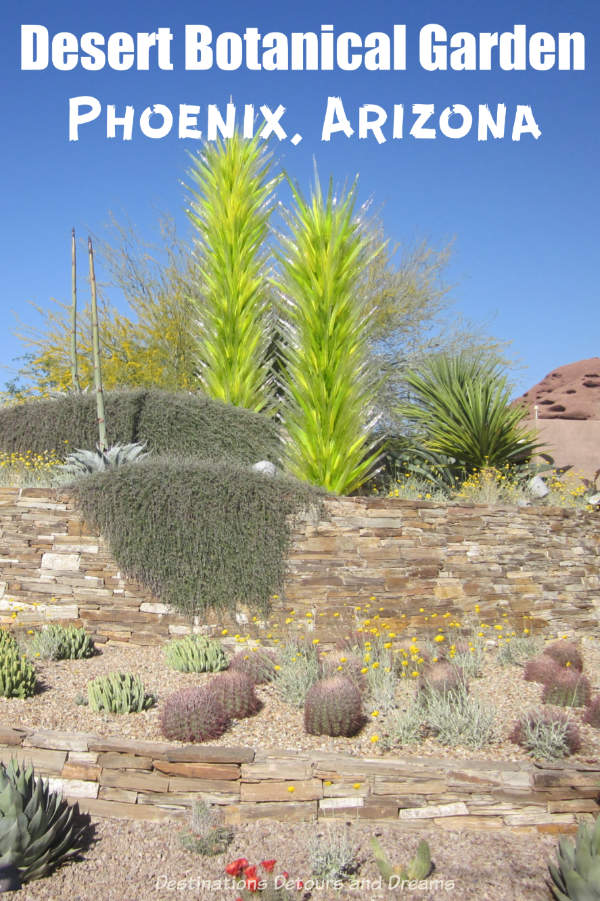

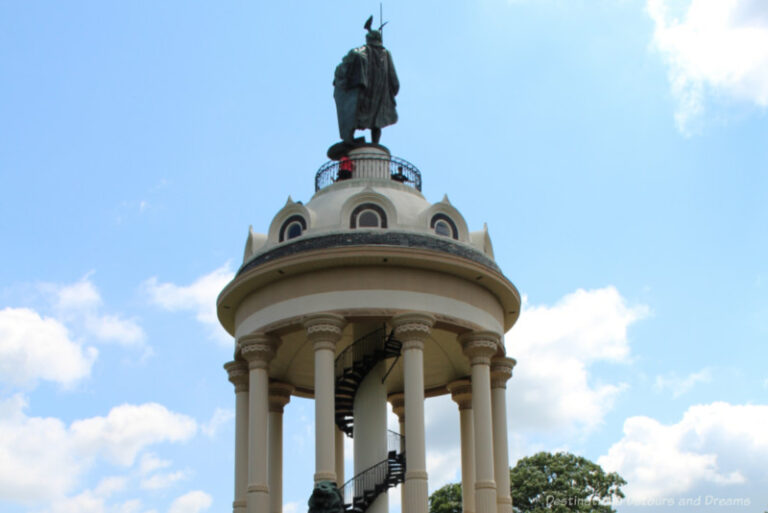
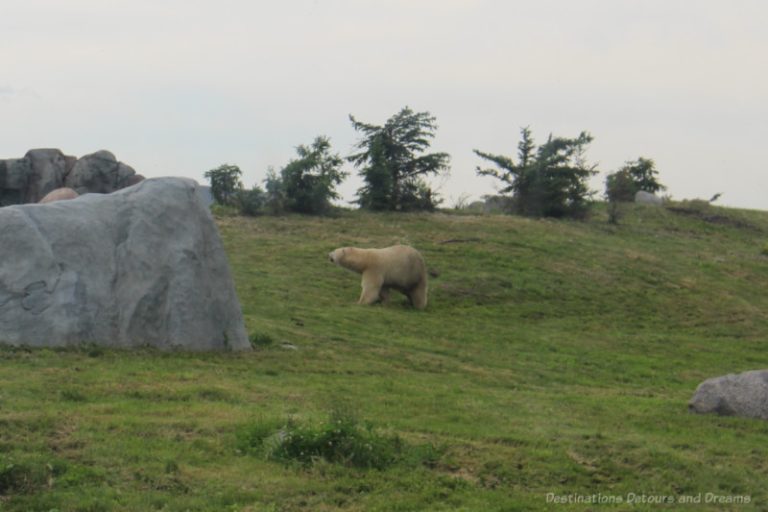
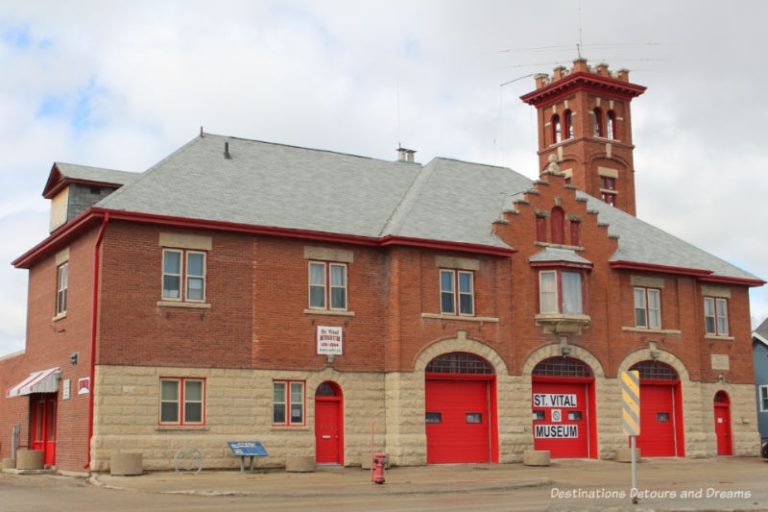
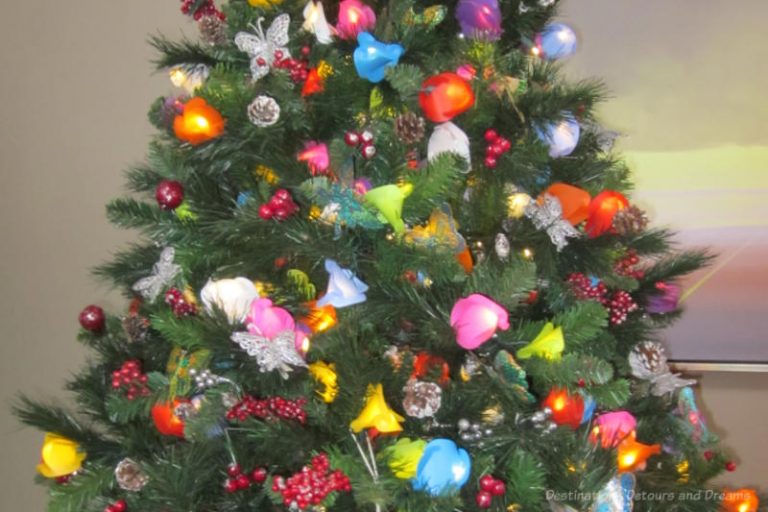
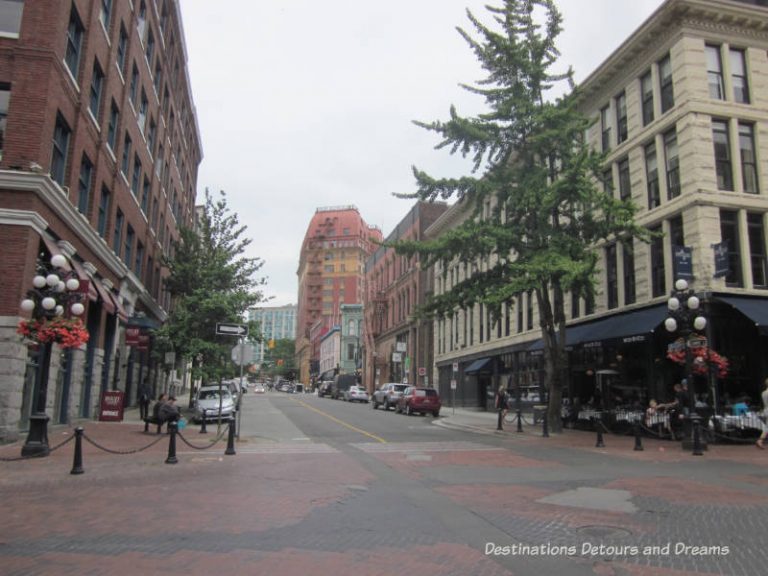
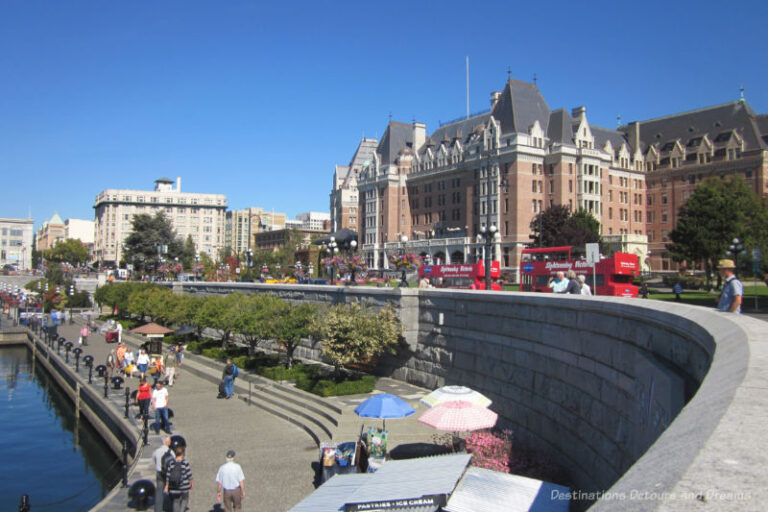
I’ve always enjoyed the colors of the desert and the otherwise unusual shape of the plants. Great photos. Would love to go there.
Ken, I too like the colours and shaoes of the desert.
I’d love to visit. Desert scenery always hits the spot with me for some reason. I’m also starting to gear up to get into stock photography and I read that one of the recent trends have been pictures of cacti.
Jeri, I didn’t know that cacti pictures were a recent trend. I have quite a collection – I find them fascinating to photograph.